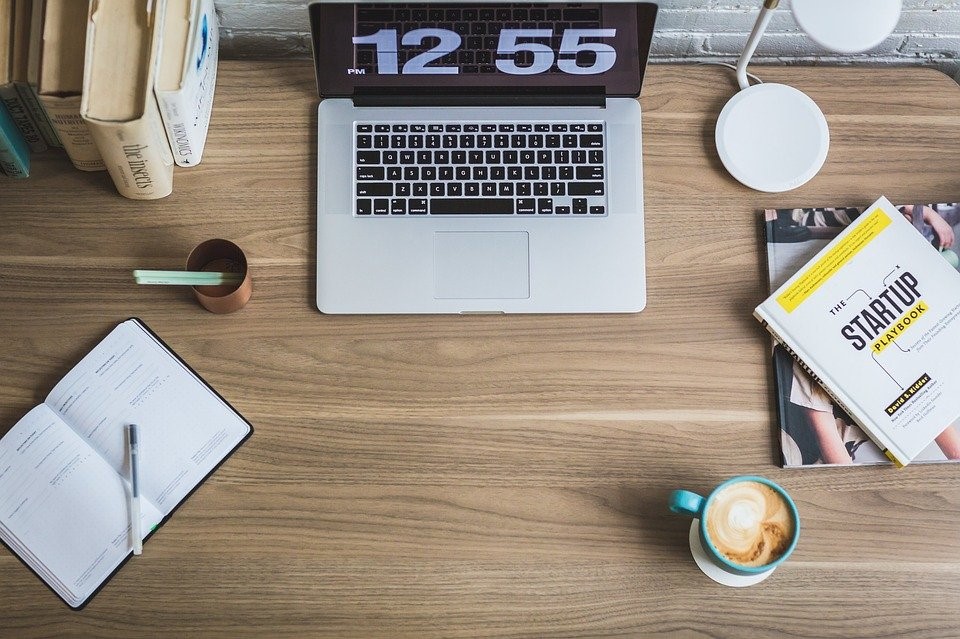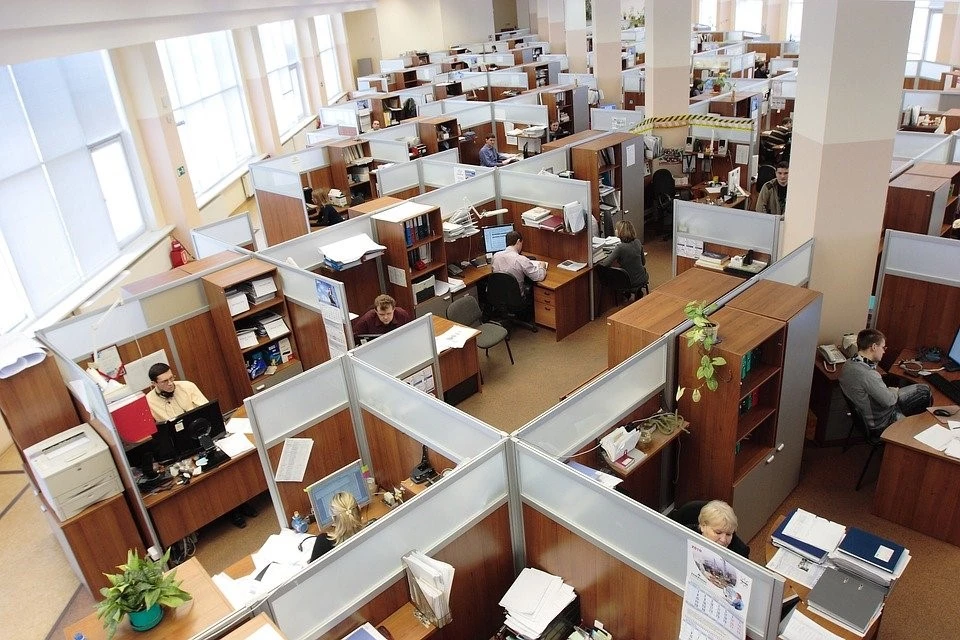Your office design must be designed for teamwork activities, and more importantly, provide a safe and comfortable environment for your employees. The concept of ergonomic design requires the application of a design that suits your employee’s job requirements and position.
The application of this design will focus on the placement of chairs, tables, monitors, telephones and keyboards. Making the most of the workspace design through the optimal arrangement of furniture layouts, integrating employee factors into the office design, and effectively aligning the office with the surrounding environment are important parts of the ergonomic design concept.
Ergonomically designed workplaces help in creating a positive difference in the attitude of your employees and maintaining a conducive atmosphere in the office.
Here we tell you how you can incorporate ergonomics in your work environment
Office Design
The office interior design you choose will have a big impact on the productivity of your employees and it also influences how employees feel about a company. The right office design will allow your employees to produce the best results while maintaining their health.
The best workplaces are designed for your employees and around your employees. It should be designed to fit your employees’ needs rather than forcing your employees to adapt to the office design.
Cluttered office desks are one of the main reasons why offices have high absenteeism rates and low morale in the workplace. The ideal office design will usually avoid closed spaces such as cubicles and encourage a more open and dynamic work area.
Proper flow helps reduce time spent on menial work.

Furniture
You must design the arrangement of chairs and tables to create a friendly atmosphere for your employees.
The arrangement of the items on the desk has a direct effect on the efficiency. A neatly set-up desk with all essentials within reach and drawers neatly packed with supplies helps avoid clutter and makes life easier.
Chairs
Comfort, functionality and placement are three aspects of furniture design which should not be ignored. Studies have shown that ergonomic chairs have increased productivity at the workplace by 15-20%.
The problem-solving design makes office seating equally useful and beautiful.
Adjustable chairs and flexible desks can enhance the work environment for your employees. This type of seating often has multiple adjusting parts that can shift and tilt to suit each person individually. An ergonomic chair’s height-adjustable seat, tilting backrest and movable armrests help employees find the position most suitable to their needs.

Ergonomic chairs are
- Aesthetically appealing
- Provide increased comfort due to enhanced padding and cushion support
- Provides good lumbar support thereby reducing stress on back, shoulders, neck and joints.
- Help in improving posture
Desks
A clutter-free and comfortable desk is as important as the chair. There should be enough space on the desktop to keep laptop, stationery and other personal items.
Your employees need sufficient clearance below the surface to bend and move their legs.
Attaching a wrist rest to the desk can help cushion wrists. This will also reduce the risk carpal tunnel syndrome.
Adjustable-height desks allow for movement and posture changes on a need basis.
Also, a desk needs to include sufficient storage space or a dedicated area where storage or filling can be incorporated.

Foot Rest
A footrest assists the efforts of an ergonomic chair and desk. Sitting with your feet at an added angle puts less strain on your lower limbs, and can help reduce swelling, prevent blood clots, improve blood circulation and relieve lower back pain even more.
If your chair height does not permit that, you can provide a separate footrest so that your employees are comfortable and their feet are not left hanging.
Ergonomic Sit-to-Stand Desks or Sit-Stand Desk Converters
Moving about plays an important part in maintaining a healthy lifestyle. A sit-stand desk converter helps you to move more without much effort.
If possible, you can also try and invest in a flexible standing desk. This will ensure that your employees can be on their feet while working, which will reduce any possibilities of back or shoulder pain.
Storage Cabinets

A proper storage solution helps reduce clutter, saves time and avoid unnecessary stress at the workplace.
Flexible storage units which can be either installed as part of the desk or separately is a good option.
Accessories
Apart from furniture and overall spaces layout, minor objects play an important role too. Ergonomic keyboards, ergonomic mousepads, keyboard stands, and lumbar support pillows can help in correcting posture and prevent us from inadvertently assuming unnatural positions for long periods of time.
Blue Light Glasses and monitor stands can help avoid headaches.
Wireless headsets can be used in places where the employees need to spend a lot of their time in handling phone calls.
Lighting

Proper lighting is an important part of office interior design, especially when you consider applying ergonomic design concepts.
Light can make an incredible difference in the way your employees work. Inadequate lighting affects vision sharpness, focus, depth perception and sensitivity. Headaches are also a common side effect of poor lightening.
Intensity, placement and colour temperature can help you get the correct lighting in the workplace.
Lighting can be dim or bright, and can be varied as per one’s requirement.
Screen should not face a window or light source. This is the best way of avoiding reflection and glare.
Warmer light works better in terms of ergonomic as it does not interfere with our natural body rhythm. However, if the workplace demands high level of alertness, then blue light is the better choice.
